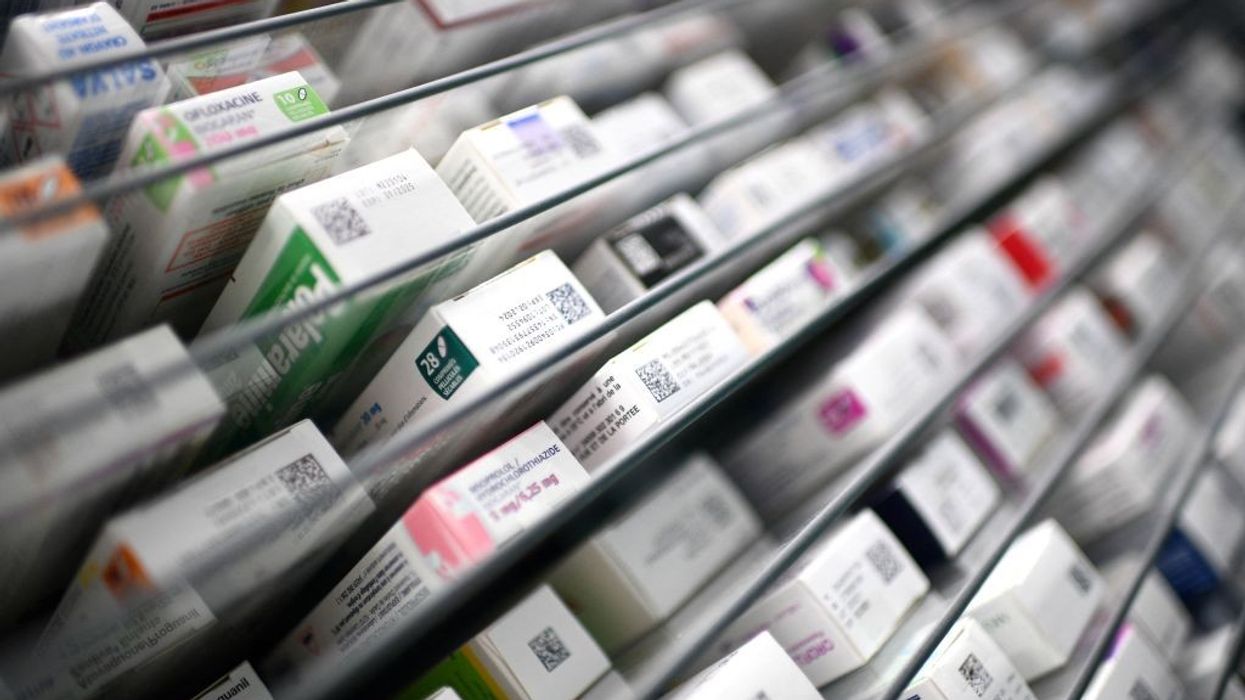The Medicines and Healthcare products Regulatory Agency (MHRA) reminds healthcare professionals that patients should be supervised and reviewed regularly during treatment with Amiodarone.
The agency notifies that Amiodarone has been associated with serious and potentially life-threatening side effects, particularly of the lung, liver, and thyroid gland. Lung problems may have slow onset but then progress rapidly. However, computerised tomography scans may help to confirm a suspected diagnosis of pulmonary toxicity.
Amiodarone is used to treat certain types of abnormal heart rhythm, including atrial fibrillation and tachyarrhythmias. Amiodarone is generally reserved for situations when other treatments cannot be used or have failed. Treatment should be initiated and monitored under hospital or specialist supervision and in accordance with clinical guidance.
Amiodarone is associated with serious adverse effects in several organ systems including the eyes, gastrointestinal tract, nerves, skin, thyroid, lungs, heart, and liver. Amiodarone interacts with many medications, and advice in the relevant section of the Summary of Product Characteristics (SmPC) should be strictly followed.
Amiodarone has a long plasma half-life of around 50 days, meaning that any adverse effects may persist for a month (or more) after treatment has stopped.
The SmPC for amiodarone contains extensive warnings and precautions. Patients must be monitored closely during treatment.
Advice for healthcare professionals:
- amiodarone can cause serious adverse reactions affecting the eyes, heart, lung, liver, thyroid gland, skin, and peripheral nervous system
- review regularly patients on long-term amiodarone treatment – some of these reactions may be life-threatening but onset can be delayed
- check liver and thyroid function before treatment, and at 6-monthly intervals; thyroid function should also be monitored for several months after discontinuation
- although routine lung imaging is not necessary in patients taking amiodarone long-term, make patients aware of the need to seek advice if they have new or worsening respiratory symptoms and consider using computerised tomography (CT) scans if pulmonary toxicity is suspected
- report suspected adverse drug reactions associated with amiodarone on a Yellow Card
Advice for healthcare professionals to give to patients and carers:
- amiodarone is used to treat serious heart conditions in which your heart beats unevenly or too fast
- always read the Patient Information Leaflet provided with your medicines and follow the advice on other medicines to avoid and what to do if you have a side effect
- your doctor may perform tests of your blood, lungs, heartbeat, and eyes before and during treatment – it’s important to have these tests because they can identify if there’s a problem
- stop taking amiodarone and see a doctor or go to a hospital straight away if you experience any of the following during treatment or in the period after stopping amiodarone:
- new or worsening shortness of breath or coughing that will not go away
- yellowing of the skin or eyes (jaundice), feeling tired or sick, loss of appetite, stomach pain, or high temperature
- weakness, weight loss or weight gain, heat or cold intolerance, hair thinning, sweating, changes in menstrual periods, swelling of the neck (goitre), nervousness, irritability, restlessness, or decreased concentration
- your heartbeat becomes even more uneven or erratic, or becomes very slow
- any loss of eyesight.











